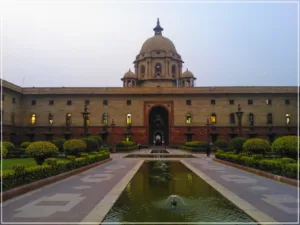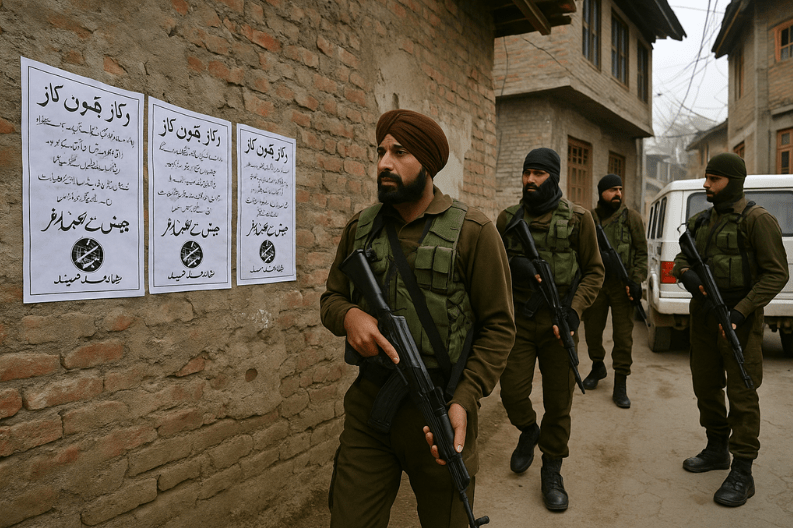The Delhi Secretariat is a significant administrative building in the heart of New Delhi, the capital city of India. It houses the offices of the Government of the National Capital Territory of Delhi (NCT), which is responsible for the governance of Delhi.
The building is located on the north side of the famous Rajpath, near the Rashtrapati Bhavan. It is considered to be one of the most important landmarks of the city.
In this post, we will know all the significant events related to the Secretariat in the important Political events of India. Here’s what you need to know!
History
The history of the Delhi Secretariat dates back to the early 20th century when the British administration decided to shift the capital of India from Calcutta (now Kolkata) to Delhi.
The planning for the new capital city, which came to be known as New Delhi, began in 1911 under the guidance of Sir Edwin Lutyens and Sir Herbert Baker, two British architects.
The construction of the Secretariat building began in 1912 and was completed in 1927. The building was designed in a neoclassical style. It was originally used as the administrative headquarters of the British administration in India.
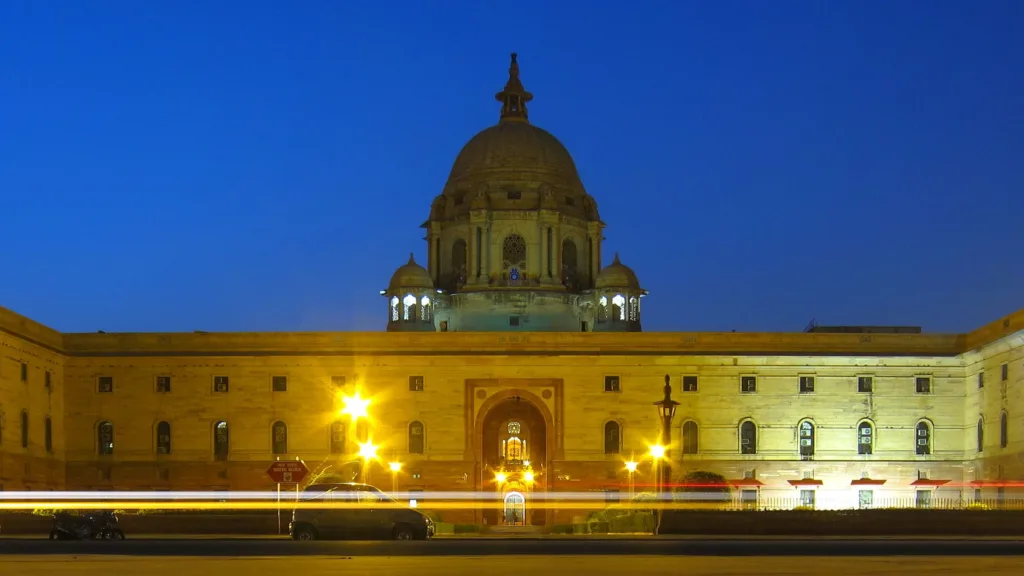
After India gained independence from British rule in 1947, the building became the seat of the government of Delhi.
Over the years, the Secretariat has played a crucial role in shaping the political landscape of India. The building has witnessed many important political events and decisions that have shaped the history of India.
It has been the venue for numerous political meetings, conferences, and negotiations that have had a significant impact on the country.
One of the most significant events in the history of the Delhi Secretariat was the signing of the Delhi Agreement in 1952 between the Indian National Congress and the Sikh leaders.
The agreement granted certain political and religious rights to the Sikh community, which had been demanding autonomy and recognition for their distinct identity.
Administrative Reforms Signed At This Place
The Secretariat has been the site of several important administrative reforms that have helped to transform the city of Delhi.
These administrative reforms have significantly improved the quality of governance and the standard of living in Delhi. They have made the government more accountable and transparent and have helped to improve the delivery of public services to citizens.

Some of the key administrative reforms that were signed in the Delhi Secretariat are:
Delhi Development Authority (DDA)
The Delhi Development Authority (DDA) was established in 1955 to oversee the planning and development of Delhi. The DDA is responsible for land acquisition, urban planning, and the development of infrastructure in the city.
Delhi Metro
The Delhi Metro is one of the most extensive and efficient metro systems in the world. Its headquarters is located in the Secretariat building. The Delhi Metro enabled the reduction of traffic congestion and air pollution in the city.
Right to Information Act (RTI)
The RTI Act was signed in the Secretariat in 2005. This act enables citizens to seek information from the government and has played a significant role in increasing transparency and accountability in government functioning.
Citizen’s Charter
The Citizen’s Charter was introduced in the Secretariat to ensure accountability and transparency in government functioning. The Charter outlines the responsibilities of government officials and the services that citizens can expect from the government.
Online Services
The Secretariat has introduced several online services to make it easier for citizens to access government services. These include online applications for various government services such as driving licenses, birth certificates, and property registration. The introduction of online services has helped to reduce corruption and improve transparency in the government.
Significance of Secretariat in India’s Political Landscape
The Delhi Secretariat is a significant administrative building in India’s political landscape. Here are some of the ways in which the Secretariat has contributed to India’s political landscape:
Symbol of Democratic Governance
The Secretariat is a symbol of democratic governance and administrative efficiency in India. As the seat of the government of Delhi, it plays a crucial role in the functioning of the city and the state.
Venue for Political Meetings and Negotiations
The Secretariat has been the venue for numerous political meetings, conferences, and negotiations that have had a significant impact on the country. For example, the building was the site of the signing of the Delhi Agreement in 1952 between the Indian National Congress and the Sikh leaders, which granted certain political and religious rights to the Sikh community.
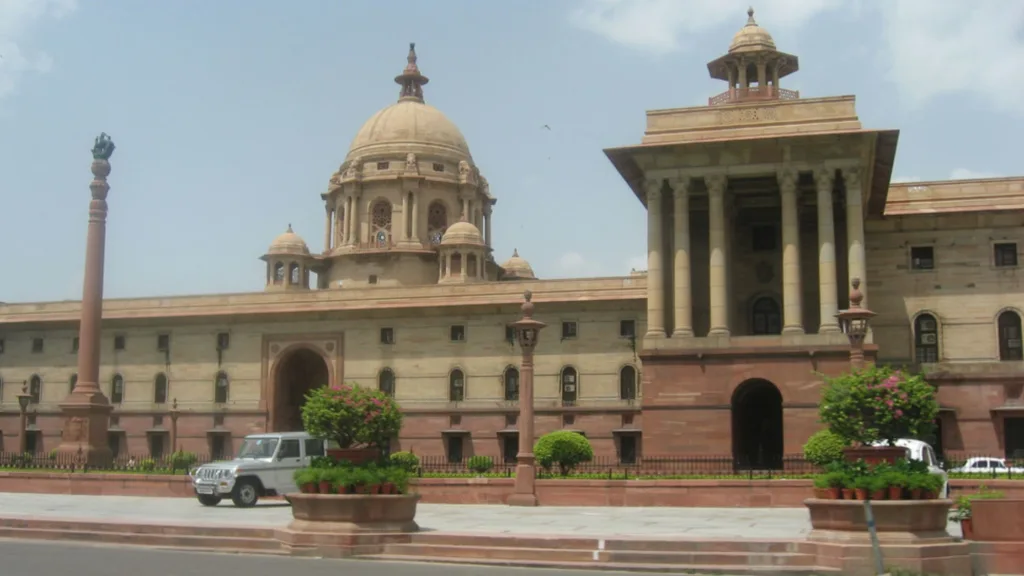
Administrative Reforms
The Delhi Secretariat has played a crucial role in shaping the administrative reforms in the city. For example, the Delhi Development Authority (DDA) was established in 1955 to oversee the planning and development of the city. Its headquarters were located in the Secretariat building. The Delhi Metro, which is now one of the most extensive and efficient metro systems in the world, also has its headquarters in the building.
Centre of Power
The Secretariat is considered to be the center of power in Delhi and is the place where major decisions related to the governance of the city are taken. The building is home to the offices of the Chief Minister, the Ministers, and the top bureaucrats of the government, and it is from here that they oversee the functioning of the city.
How to Get There?
The Delhi Secretariat is located in the heart of New Delhi, the capital city of India. You can easily reach there by various modes of transportation. Here are some ways to reach there:
By Metro
The Secretariat is located near the Central Secretariat Metro Station on the Yellow Line. Once you reach the Central Secretariat station, you can take an auto-rickshaw or a taxi to reach.
By Bus
The Delhi Transport Corporation (DTC) runs several bus services that connect the Secretariat to various parts of the city. You can check the DTC website or use a mobile app to find bus routes and schedules.
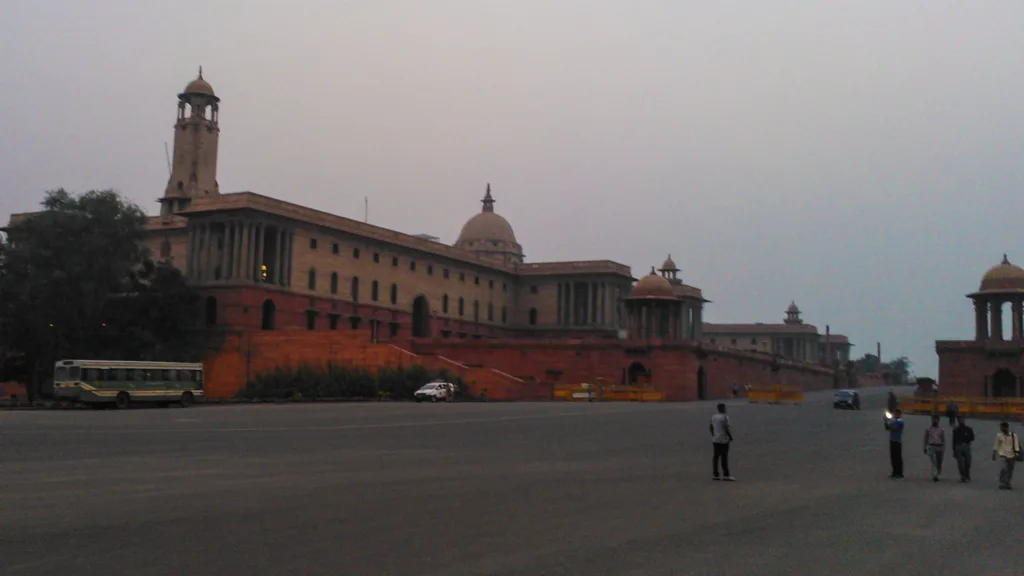
By Taxi or Auto-Rickshaw
Taxis and auto-rickshaws are easily available in Delhi, and you can hire one from any part of the city to reach the Secretariat.
By Car
If you are traveling by car, you can use the Google Maps app or any other GPS navigation system to get there. The building is located on Rajpath Marg, near the Rashtrapati Bhavan and India Gate.
Final Thoughts
It is always advisable to plan your route in advance. Check for traffic updates, especially during peak hours, to avoid delays. Overall, the Delhi Secretariat is an iconic administrative building like Parliament House that has played a significant role in shaping the political landscape of India. Its rich history and cultural significance make it an important landmark of the city of Delhi. It continues to be a symbol of India’s democratic governance and administrative efficiency.

